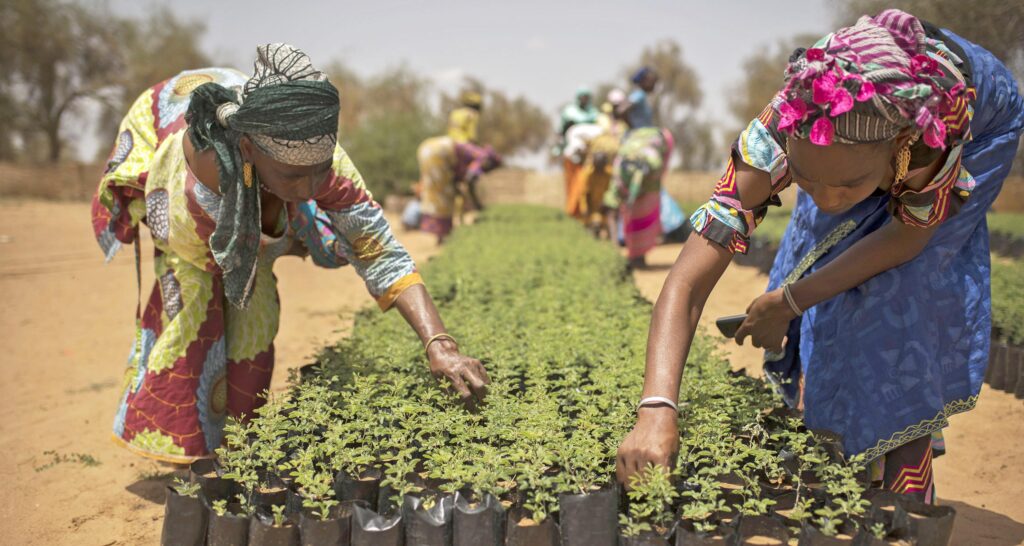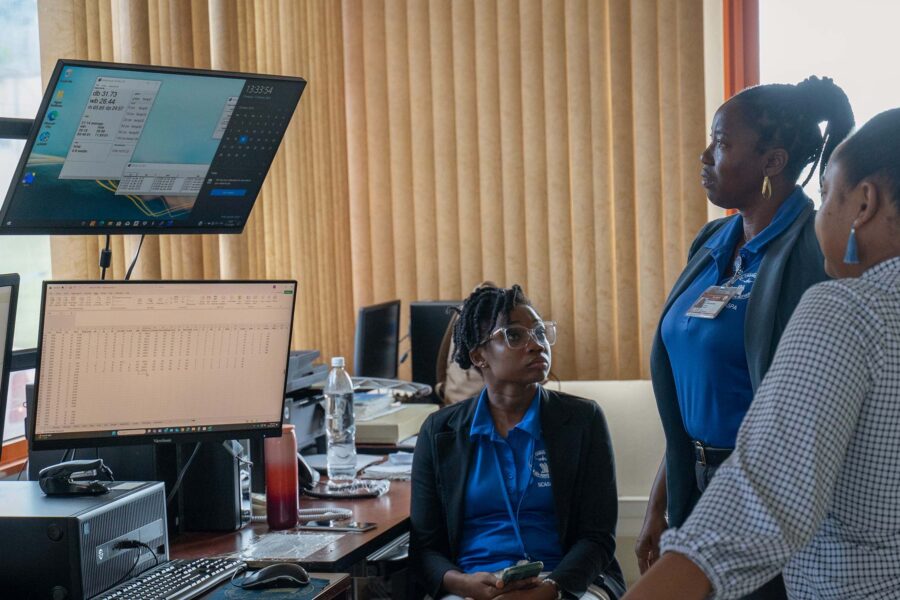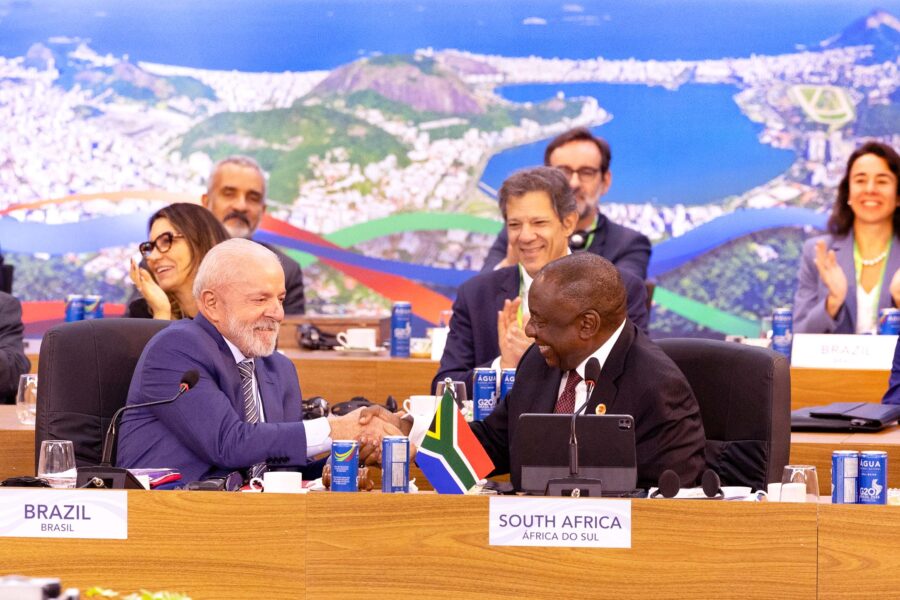Healthy land for a healthy planet
A worldwide movement to protect, manage and restore the land will have fast and wide-ranging benefits. It must be the centerpiece of our global redesign
Climate — Global

To bring runaway human-induced climate change under control and deliver the Sustainable Development Goals (SDG) agenda to reduce poverty and restore nature, we need to deliver fast results rather than long-term promises, and we need to prioritize low-cost interventions with multiple positive and lasting outcomes. The global movement for healthy land hits both these marks.
To ensure healthy land across the globe, we need to follow the three pillars of land degradation neutrality:
- treating land as a limiting factor in development and land use
- improving the use of existing land
- recovering what has been lost
The UN Convention to Combat Desertification’s (UNCCD) ‘Global Land Outlook’, currently in preparation, lays out a compelling case for such an approach.
Business-as-usual scenarios to 2050 show an increase in degraded land the size of South America and a massive spike in greenhouse gas (GHG) emissions. Given how badly we are already suffering from climate change and how quickly it is accelerating, the business-as-usual scenario is unthinkable.
Instead, we should restore two billion hectares of all types of land, and expand protected areas to 50% of global land area. This restoration scenario shows a gain in natural land the size of India and Pakistan, a 13% reduction in carbon emissions, and an increase of up to 10% of crop yields in many developing countries.
This is an ambitious goal, yet we must be ambitious given the depths of the crisis engulfing our planet. The higher we set our targets, the more impact we make, even if we fall short. This goal appears more achievable when we consider the promises already made on restoring land, which cover about one billion hectares. If we deliver during the UN Decade on Ecosystem Restoration, we will be well on our way.
Restoring just 150 million hectares of degraded agricultural land could generate USD 85 billion for national and local economies. That means USD 30 to 40 billion a year in additional income for smallholder farmers and increased food security for close to 200 million people. All of this while decreasing greenhouse gas emissions, which must be halved by 2030 to stay on the least-cost pathway to limiting global warming this century to 1.5°C.
We must be ambitious. We must be greedy for success and strive to hit the most ambitious targets. We need deep transformations to unlock decisive action through a global movement for healthy land.
We need environmental, economic, and social policies – at all levels – that are aligned with land degradation neutrality. The 608 million farming families across the globe could become climate and biodiversity stewards if we back policies with subsidies and incentives that overcome the start-up costs of switching to regenerative and sound agro-ecological practices. We can create an army of land stewards if we support inclusive and gender-equitable land governance that secures land tenure, particularly for the most vulnerable.
Just as we need policy transformations, we need financial innovations, such as carbon pricing, that are land degradation neutral and net nature positive. Debt swaps for nature and climate can incentivize action. Novel financial instruments and policy portfolios that expand financial inclusion, social protection, and adaptive safety nets will further empower people to manage land sustainably.
Technology can also be a major enabler of change by forcing companies with unsustainable practices to change their ways. Full transparency and full consumer access to sustainable value chain information through block chain technology at the scan of a barcode could enable transformative change through the power of choice in the hands of consumers. As climate change begins to hit wealthy nations and citizens harder, they are being made more aware and afraid. Technology can allow them to know how to make the choices that protect the land, and their own futures.
Of course, healthy land alone will not be enough to cool our planet. It must be combined with rapid decarbonization, sustainable production and consumption, and a transition to a circular economy, but healthy, sustainable, and productive land can be the centerpiece of our global redesign.
We have everything we need for this redesign in COVID-19 recovery packages; in the Paris Agreement, although governments need to strengthen and implement their climate promises; in the UN Decade on Ecosystem Restoration; in the emerging biodiversity framework that will set targets on how we manage and protect nature for years to come; and perhaps most importantly, in the growing awareness and desire for change that has swept the globe in recent years.
If we unite these disparate approaches into a global movement to protect, manage, and restore the land, we will make a big contribution to a cooler, greener, and more prosperous planet, and create time and space for the wider transformations that all societies must undertake. If ever there were a no-brainer solution to the many challenges humanity faces, it is this.





